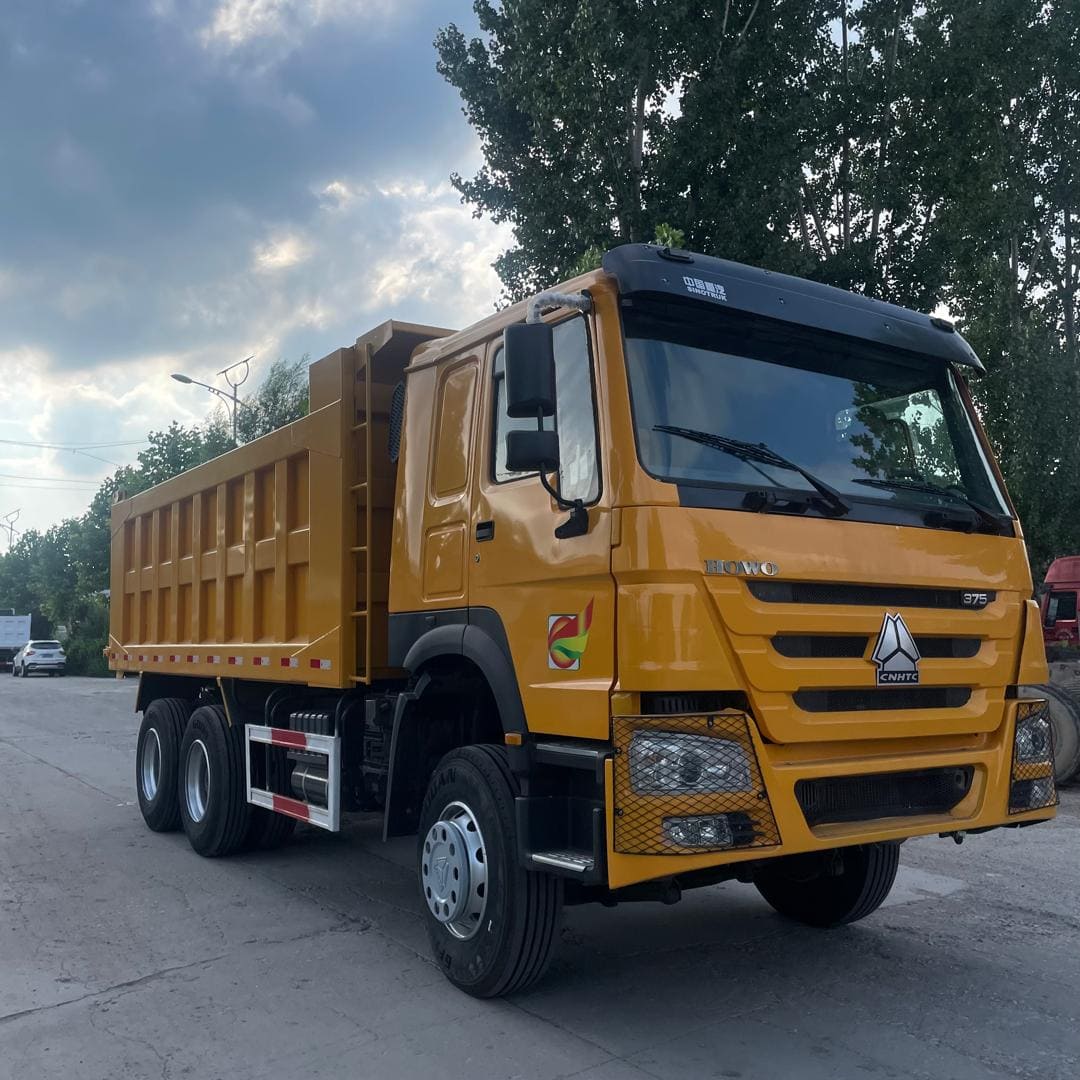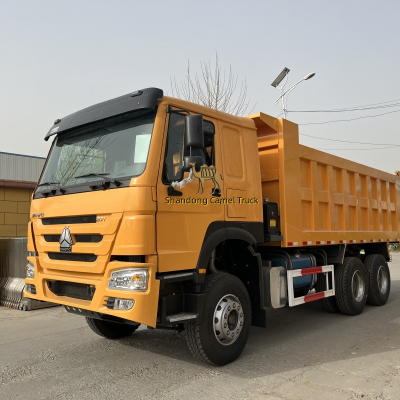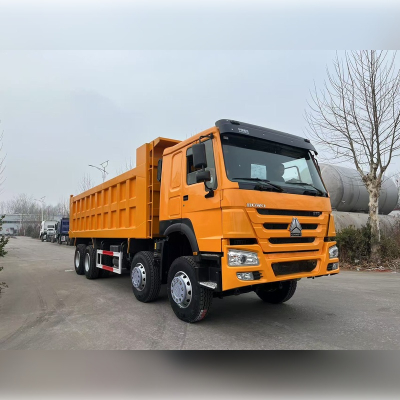Dump Truck Cargo Box Optimization: Boosting Loading Capacity Through Smart Design
Optimization of Dump Truck Cargo Box Design: Structural Innovation Boosts Loading Capacity
As growing demand for efficient transportation remains ongoing across mining, construction, and logistics sectors, dump truck cargo box design optimization has become the key research and industrial focus area.
Recent advancements by certain heavy-duty vehicle manufacturers and engineering research communities have introduced advanced design solutions that aim to enhance loading capacity, strength, and operating efficiency through material and structural advancements.
1. Industry Background: Demand for Efficiency Drives Design Upgrades
In the last decades, improvement of the transport efficiency has become increasingly important for the mining and construction industries. Traditional dump trucks have been beset with issues such as low loading, inhomogeneous material distribution, and excessive wear under heavy-duty conditions. Not only do these issues result in reduced productivity, but they also incur more maintenance.
According to figures from the China Association of Automobile Manufacturers, the market for heavy-duty dump trucks has been consistently increasing, with some 65% of consumers saying that "improved loading capacity" and " structural strength to support more loads" are their top expectations for future vehicles.
Industry observers point out that box design optimization is not only about transporting more material — it's also a primary enabler of fuel efficiency, safety, and long-term operating worth.
2. Structural Optimization: Design Innovation in Both Material and Geometry
One of the latest optimization efforts, lightweight and high-strength design has been a prevalent theme.
New cargo box bodies are now making use of high-strength wear-resistant steel such as Q690 and NM450 instead of the traditional Q345 steel. The shift increases structural strength levels by approximately 30%, reduces overall weight by 10–15% without affecting durability.
The side panels and floor are thickness-graded by section:
The front section is strengthened to counteract the impact of material loading.
The rear and mid-sections make use of optimized curved geometry to distribute stress and prevent deformation.
Apart from that, U-shaped and semi-U-shaped box designs are increasingly used instead of traditional rectangular designs. These designs have a tendency to align the load's gravity naturally, allowing easy unloading and reduced sticking of material. According to field tests, vehicles with U-shaped cargo boxes are found to have an average 8–12% improved unloading efficiency.
3. Capacity and Stability: Scientific Design Improves Load Ratio
Enhancing loading capacity is not just a case of expanding the box. Large boxes tend to increase the center of gravity of the vehicle, making it less safe and stable.
In order to balance capacity and safety, engineers are employing Finite Element Analysis (FEA) and load-distribution simulation to size proportions between length, height, and sidewall angle for optimal design. In practice, the optimization increases total box volume 5–10% at little added shift in the vehicle's center of gravity, less than 2%, and keeps driving handling stable.
Even more advanced are designs incorporating modular, height-adjustable sidewalls to permit operators to adjust box height to suit material density. This allows a single truck model to carry out multiple applications — sand and gravel through to soil or ore hauling — with increased flexibility.
4. Anti-Stick and Wear Resistance: Design Features That Extend Service Life
In material conditions with sticky or humidity, residual material adhesion is a common issue for unloading efficiency. Counterintuitively, this is being addressed by manufacturers with the addition of nano anti-stick coatings and polymer surface treatment inside cargo boxes.
The coatings reduce the friction coefficient between the material and steel, unloading cleaner and extending the service life of the box by about 20%.
Parallel, structural enhancements such as embedded reinforcing ribs and optimized drainage hole patterns enhance stiffness as well as ease of maintenance. The redesigned rib structure maintains corners clear of material buildup, and repositioned drainage outlets minimize corrosion from water pooling.
5. Manufacture and Repair: From Engineering to Real-World Use
The newest manufacturing lines integrate laser cutting and robotic welding, which create smoother seams and greater dimensional accuracy.
Other plants feature modular manufacturing systems that enable fast mold changeovers for different box styles. Custom production is thus enabled with lower lead times and higher consistency.
Maintenance is easier as well. New cargo boxes include fenders that can be easily removed, adjustable tailgate locks, and pre-set inspection doors, all of which make cleaning, inspection, and part replacement easier — cutting fleet operator downtime.
6. Market Impact and Future Outlook
Experts consider that structural optimization can cut overall fleet expenses by a significant percentage. As an example, a 100,000-cubic-meter-per-year dump truck can save over 5,000 liters of fuel and hundreds of operating hours annually by optimizing loading efficiency by only 10%.
Dump truck cargo box design in the future will be aimed at smarter, data-driven solution.
A few manufacturers already run proof-of-concepts with embedded sensors monitoring load distribution, unloading slopes, and fatigue stress in real time. It is used for predictive maintenance and structure health monitoring to further reduce unexpected downtime.
These advancements highlight how the heavy-duty trucking industry is shifting from "rugged durability" to "efficient intelligence." Through intelligent manufacturing and light-weight technology, future dump trucks will provide greater performance, longer lifespan, and better environmental stewardship.
Conclusion
Dump truck cargo box structure design optimization is an important milestone in the ongoing modernization of the transport industry.
From material innovations to structural engineering, and from more effective unloading to wiser monitoring, each advance yields increased efficiency, improved fuel economy, and enhanced operating safety.
As new materials and information technologies continue to merge, the next generation of dump trucks will not just carry more — they will carry smarter, stronger, and more responsibly than ever.














